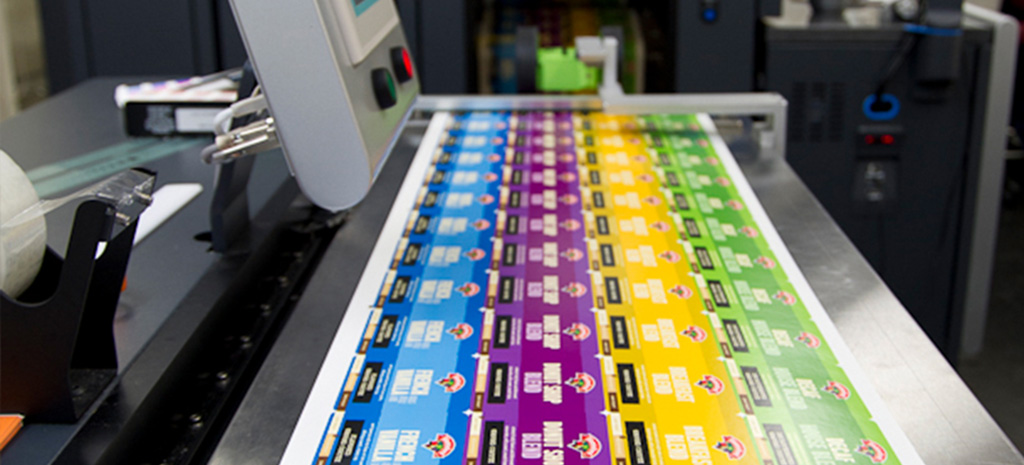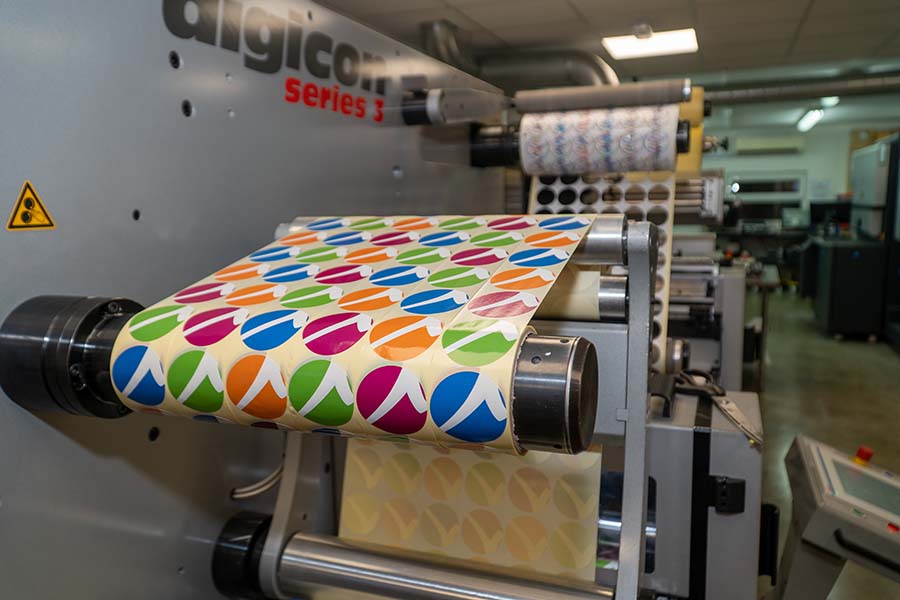In today’s digital age, knowing how to change the resolution of a picture is an essential skill. Whether you are working on a personal project, preparing marketing materials, or simply ensuring your images look their best, adjusting the resolution can make a considerable difference. In this article, we’ll explore the significance of picture resolution and provide step-by-step guidance on how to enhance the quality of images effectively.

Understanding Picture Resolution: The Basics
Picture resolution refers to the number of pixels in an image. More pixels typically mean a clearer, higher quality image. A higher resolution image is suitable for printing, while a lower resolution image may be optimized for web use. If you’ve ever wondered why your photo appears blurry on a large screen or why printouts don’t look right, it’s likely due to the resolution.
Why Is Picture Resolution Important?
Resolution impacts the clarity and detail of an image. High-resolution images are crucial for professional-quality prints and enlargements. When the resolution is too low, pictures can appear pixelated or distorted, which affects the visual presentation and the overall effectiveness of the content. For instance, if you’re learning how to put a barcode on a product, picture resolution will play a vital role in ensuring that barcodes are scannable and clear.
Steps to Change Picture Resolution
1. Using Software and Apps
Several software applications can help you change a picture’s resolution. Popular options include Adobe Photoshop, GIMP, and free online tools like Pixlr. These tools provide intuitive interfaces for users to adjust image resolution easily. Learn more about using software for label creation.
2. Adjusting Resolution in Adobe Photoshop
Adobe Photoshop is a widely-used software for image editing. To change the resolution: open the desired image, go to ‘Image’ in the menu, select ‘Image Size,’ and adjust the resolution to your preference.
3. Free Online Tools
For those seeking free alternatives, tools like GIMP or online services like Pixlr are perfect for changing resolution without purchasing software.
Improving Image Quality: Additional Tips
Using the Right Format
Selecting the correct file format can affect image resolution. JPEGs are great for web use, whereas TIFF may be better for printing.
Checking DPI (Dots Per Inch)
DPI affects an image’s print quality. A higher DPI setting ensures a finer print quality, which is an essential consideration if you’re learning how to remove transfer paper from a shirt to ensure the best results.
Common Mistakes to Avoid
Users often forget that increasing resolution can blur an image if not done carefully. Always start with the highest resolution image possible to avoid degradation in quality.
Conclusion: Enhance Your Image Quality Today
Knowing how to change the resolution of a picture empowers you to improve picture quality significantly. Whether for professional or personal use, being able to adjust image settings appropriately ensures that your visuals will be crisp and clear on any platform.

FAQs
What is the best software to change picture resolution?
Adobe Photoshop is a highly recommended tool for changing picture resolution due to its range of features. However, GIMP and Pixlr are excellent alternatives for those looking for free options.
Why can’t I increase the resolution of a blurry picture?
Increasing resolution doesn’t add detail to an image. If a picture is initially blurry, boosting resolution will only enhance the blur.
How does picture resolution affect printing quality?
The higher the picture resolution, the better quality the print will be. High-resolution images have more pixel detail, providing clearer prints.
This article contains affiliate links. We may earn a commission at no extra cost to you.

